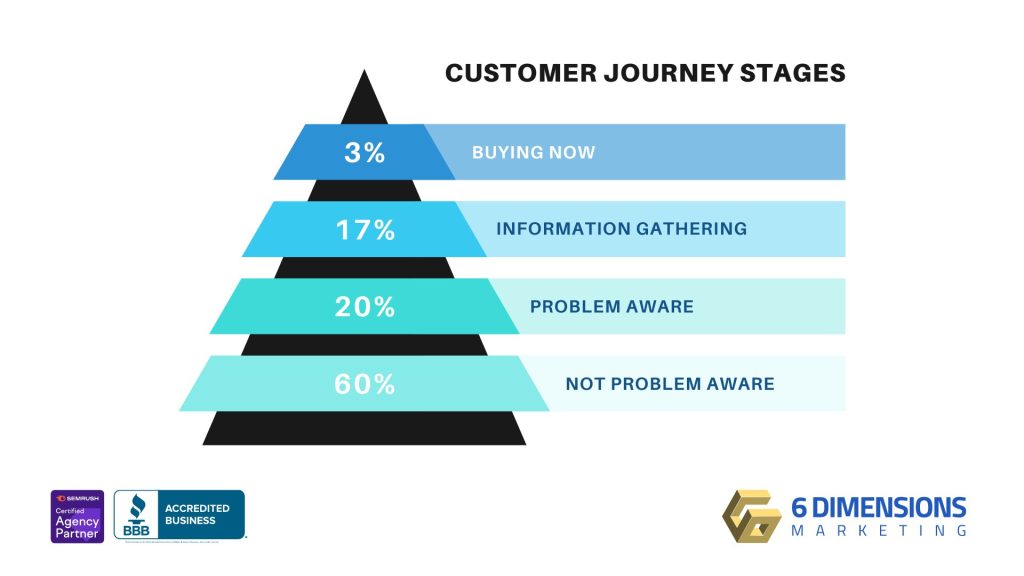Introduction
In the dynamic, fast-paced world of modern commerce, understanding customer behavior is a prerequisite for success. One of the most effective tools in a marketer’s arsenal is the customer journey map, which traces the trajectory of a customer’s interactions with a brand. The significance of the customer journey extends beyond mere understanding—it shapes strategic decision-making, enabling businesses to deliver superior customer experiences. So, what is a customer journey, and why does it warrant such prominence in marketing strategy and planning?
Comprehending the Customer Journey
The customer journey is the comprehensive course that a consumer navigates, starting from the initial interaction with a brand to the final purchase or after-sale interaction. This journey reflects every experience and sentiment the customer encounters during their engagement with the brand.
A meticulously plotted customer journey brings immense value to an organization. It provides deep insights into customer behaviors, needs, and expectations, enabling businesses to design services, products, and experiences that resonate with their clientele. This level of customization results in satisfied customers, inspires loyalty, and drives growth—factors that culminate in business success.
Phases of the Customer Journey
To effectively utilize a customer journey map, it’s vital to comprehend its various stages. Each phase represents a distinct mindset of a consumer during their interaction with a brand.
Buy Now Mode (3% )
The “Buy Now” phase is where a minuscule 3% of customers dwell. They’ve identified their problem, sought solutions, and made a decision to buy. A brand’s marketing strategy for this ready-to-buy segment should focus on offering a swift, frictionless purchasing experience. This includes intuitive website navigation, multiple payment options, and stellar customer support. At this stage, personalized marketing communications and strong calls to action can effectively influence customers, nudging them towards transaction completion.
Information Gathering Mode(17%)
This segment represents customers actively collecting information to make an informed purchase decision. Businesses must strive to provide them with comprehensive product details, competitive comparisons, and genuine customer reviews. Using blog posts, videos, webinars, and even AI-powered chatbots can help educate these consumers, establishing your brand as a reliable source of information. Moreover, easy-to-reach customer service is paramount to resolving any concerns or doubts these customers might have.
Problem Aware Mode(20%)
These customers have recognized a need or problem but haven’t started looking for solutions yet. It’s the marketer’s job to guide these consumers, helping them comprehend their situation better and pointing them towards viable solutions. Content marketing plays a pivotal role here—articles, infographics, or podcasts that address customer pain points can position your brand as a problem-solver. Moreover, offering free resources like eBooks or webinars can subtly nudge them towards your product or service.
Not Problem Aware Mode (60%)
The majority of consumers fall into this category—they aren’t aware they have a problem that your product or service could resolve. For these consumers, awareness creation is the primary objective. Content that indirectly relates to your product, brand storytelling, or user testimonials can be used to subtly instill a sense of need in the customer’s mind. By educating consumers and presenting your brand as a trustworthy, go-to source, you’ll be the first name they recall when a need does arise.
RELATED ARTICLE: Effective Messaging for Shifting Prospects from Unaware to Problem Aware Stage
The Importance of Customer Journey in Marketing Strategy and Planning
Incorporating the customer journey into your marketing strategy is a powerful way to drive engagement and conversions. Understanding these distinct stages allows businesses to craft highly relevant and personalized content for each stage, enhancing customer engagement and boosting conversion rates. Moreover, understanding the journey helps marketers anticipate potential barriers and design solutions proactively. This results in a smoother customer experience, fostering trust and long-term loyalty.
Conclusion
As market dynamics become increasingly complex, understanding the customer journey is more critical than ever. Each phase—ranging from unawareness of a problem to readiness to purchase—demands a unique marketing approach. By strategically addressing customer needs and expectations at each phase, businesses can maximize customer satisfaction, cultivate loyalty, and drive sustainable growth. Thus, invest in comprehending your customer journey, adapt your marketing strategies to each phase, and witness your efforts translate into impressive bottom-line results.




